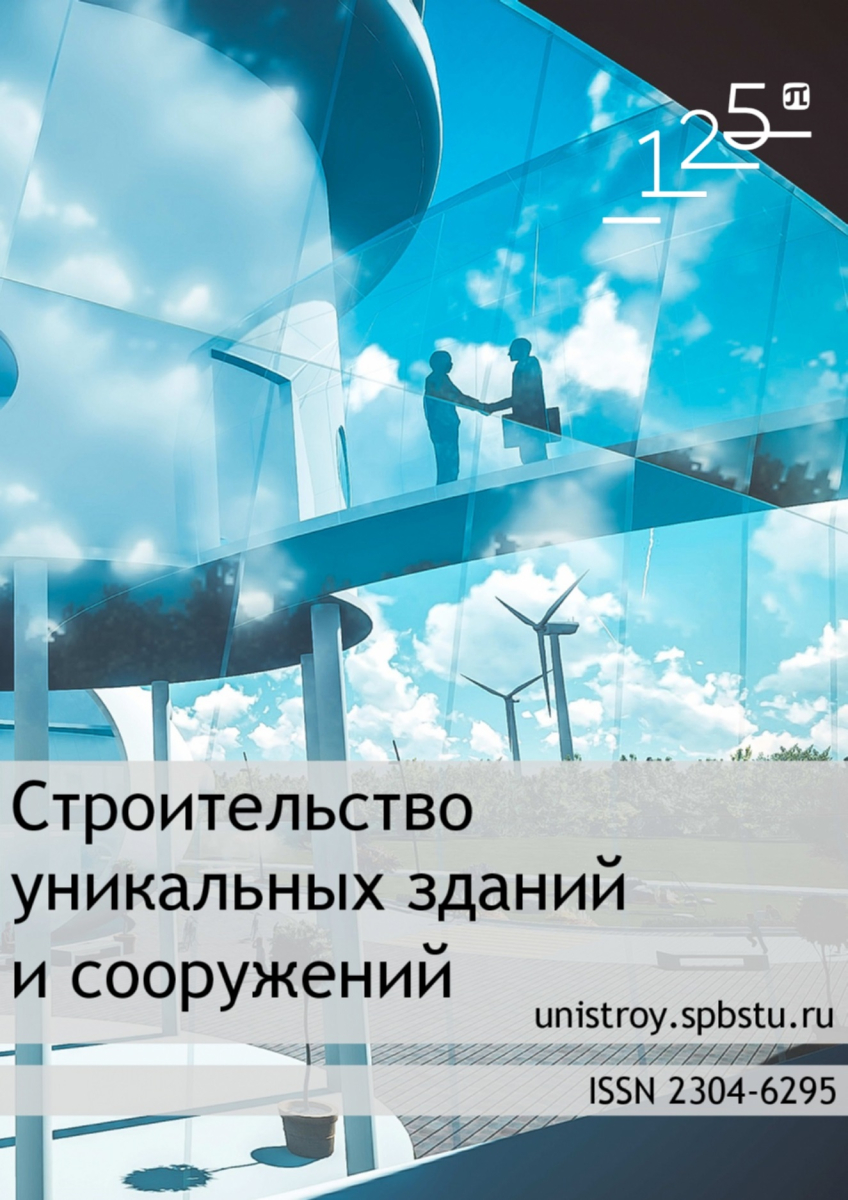Climate change and the thermal island effect in the million-plus city
A qualitative and quantitative analysis of changes in the outdoor temperature in St. Petersburg (Russian Federation) for the period from 1743 to 2018 was performed. (276 years old). Used data from open sources. It is shown how the annual average outdoor temperature in St. Petersburg, the average monthly air temperatures, as well as the air temperature during the warm and cold periods of the year, changed. Climate change is divided into stages lasting 50, 25, 10 and 5 years. The main sources of thermal pollution of the urban environment, including man-made. A quantitative assessment of the contribution of anthropogenic sources to the thermal pollution of the urban environment, which amounted to about 586 PJ per year. The main contribution to thermal pollution is provided by consumers of thermal energy (220 PJ per year), transport (220 PJ per year), consumers of electric energy (120 PJ per year), population (26 PJ per year).
.png)


